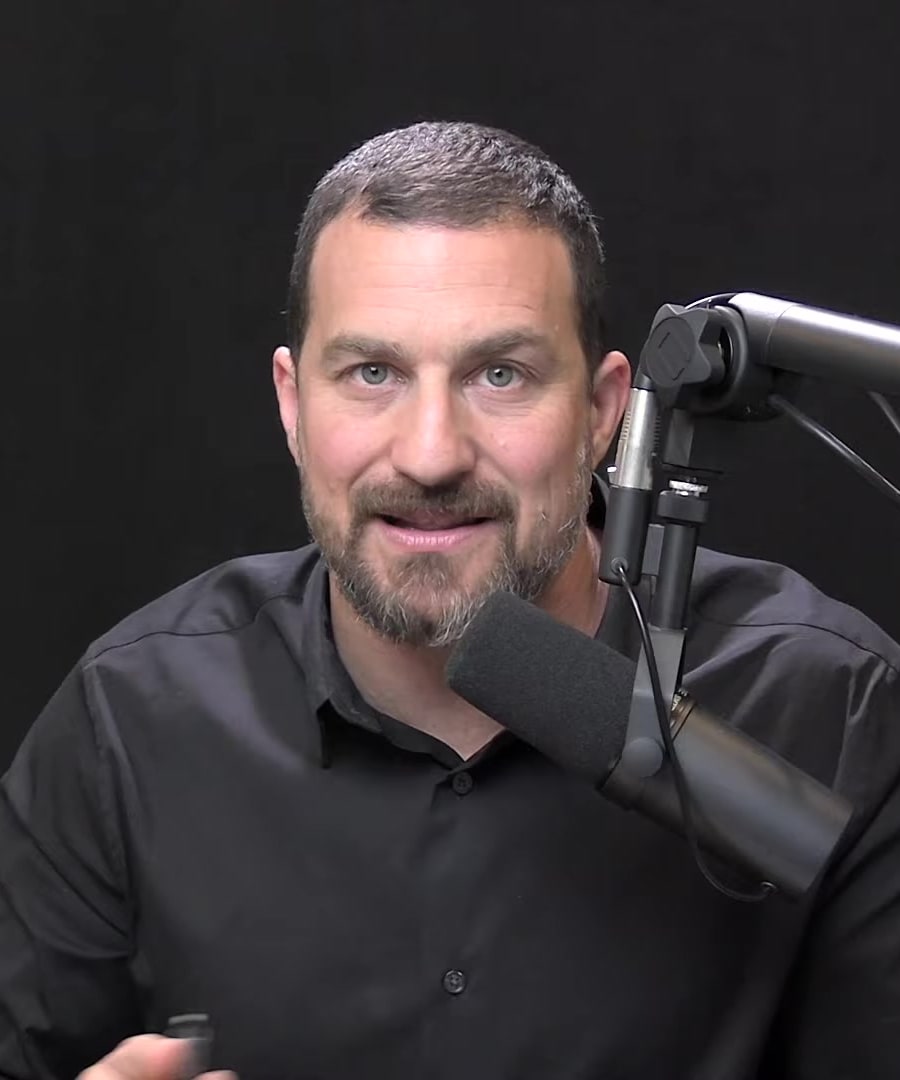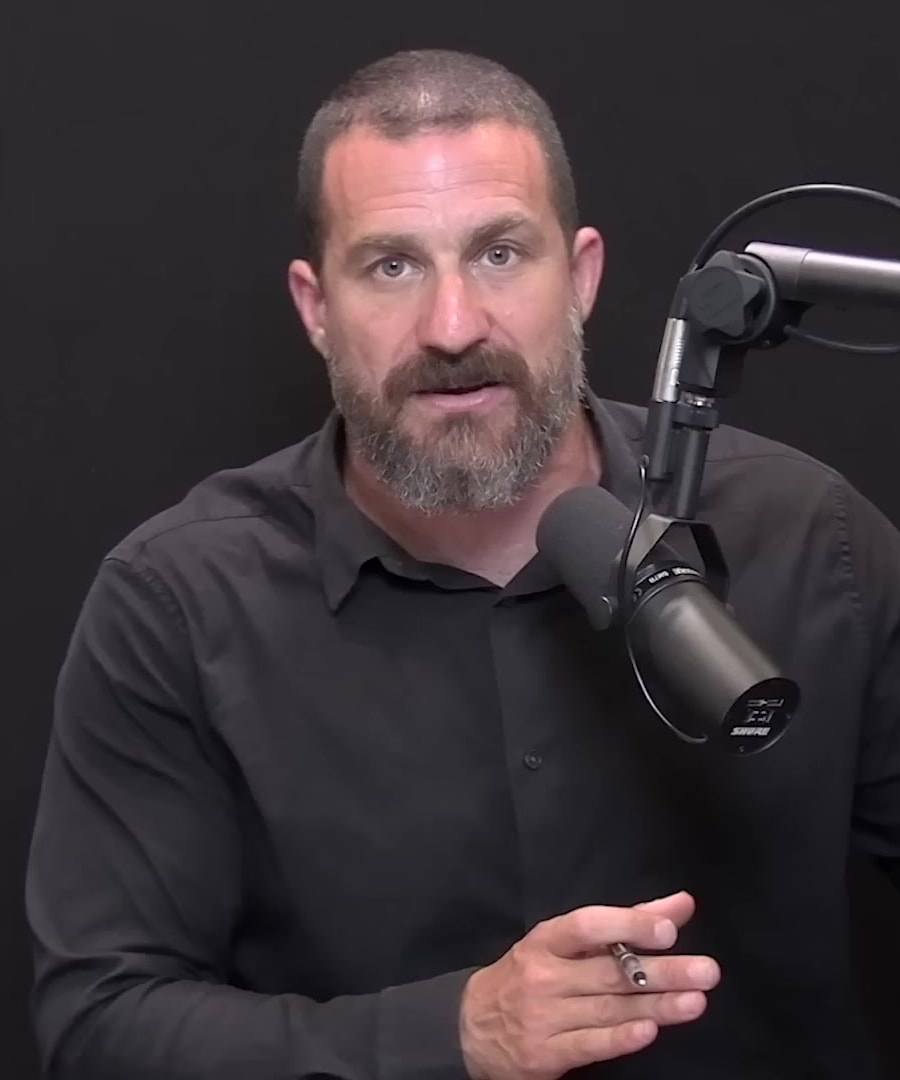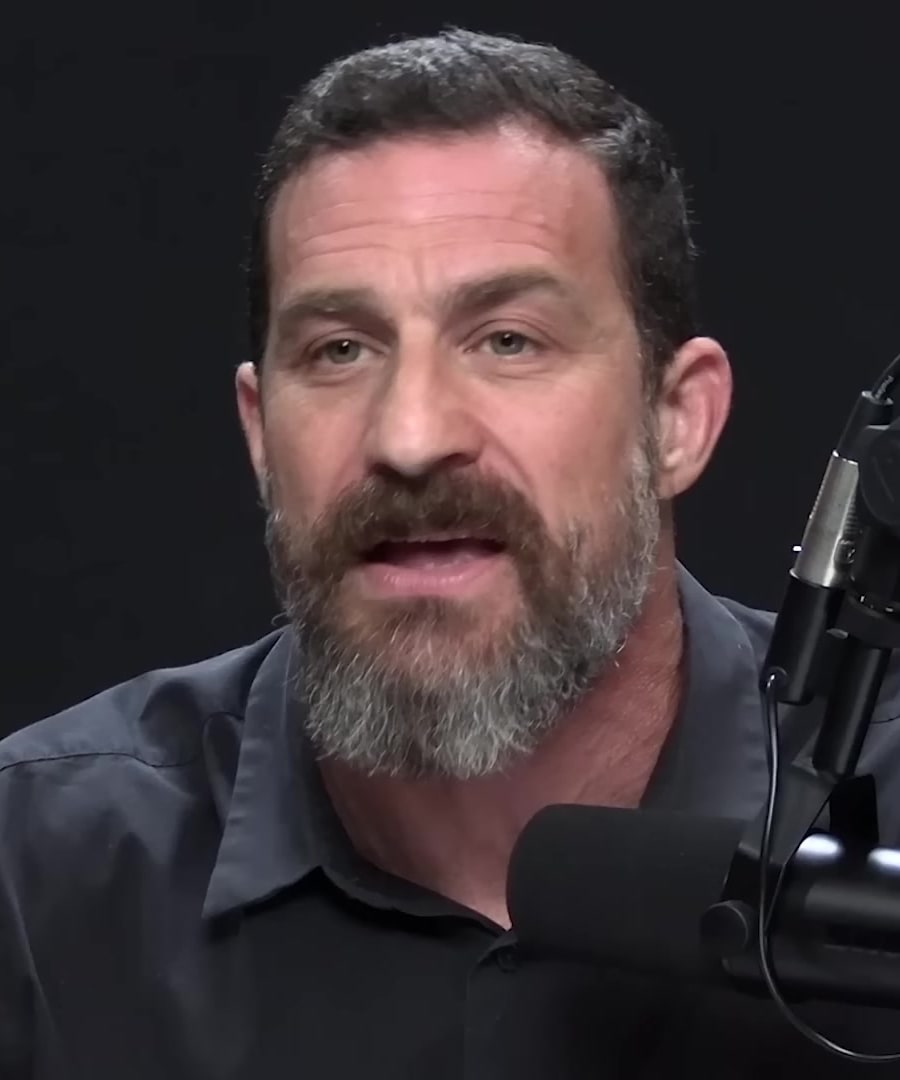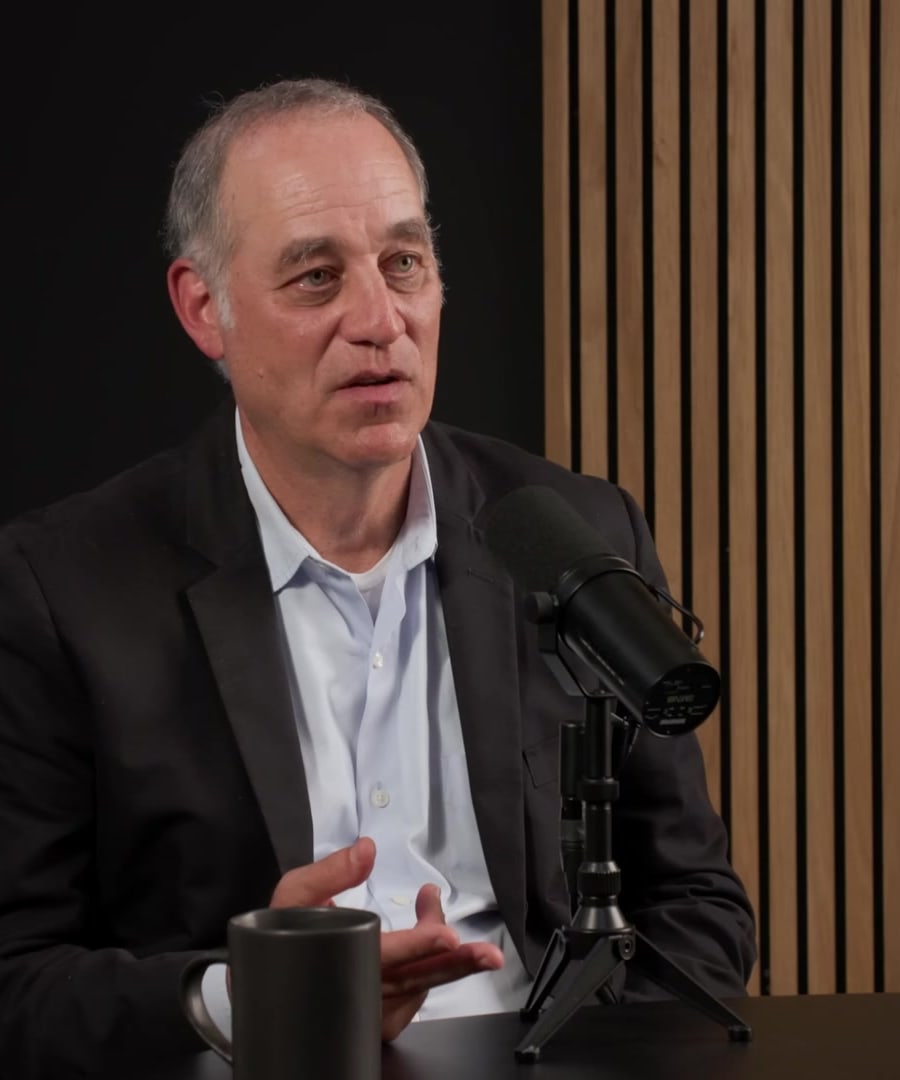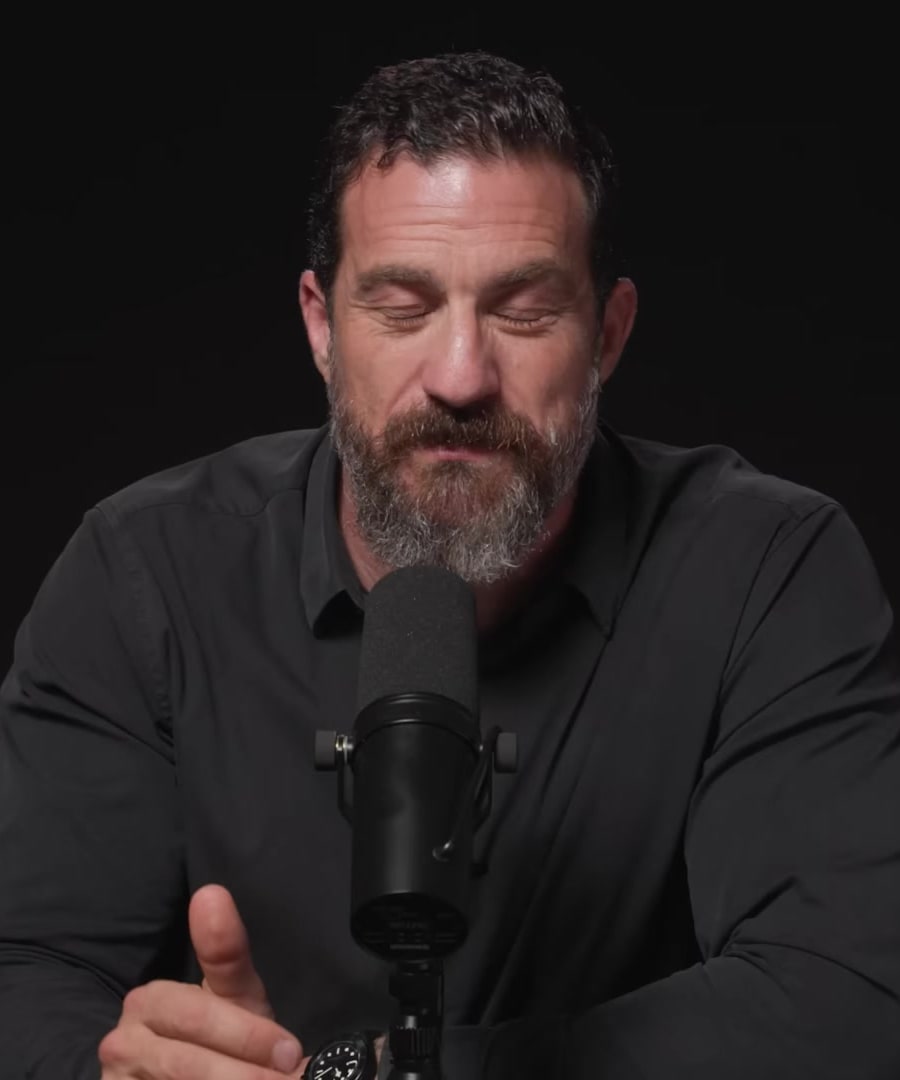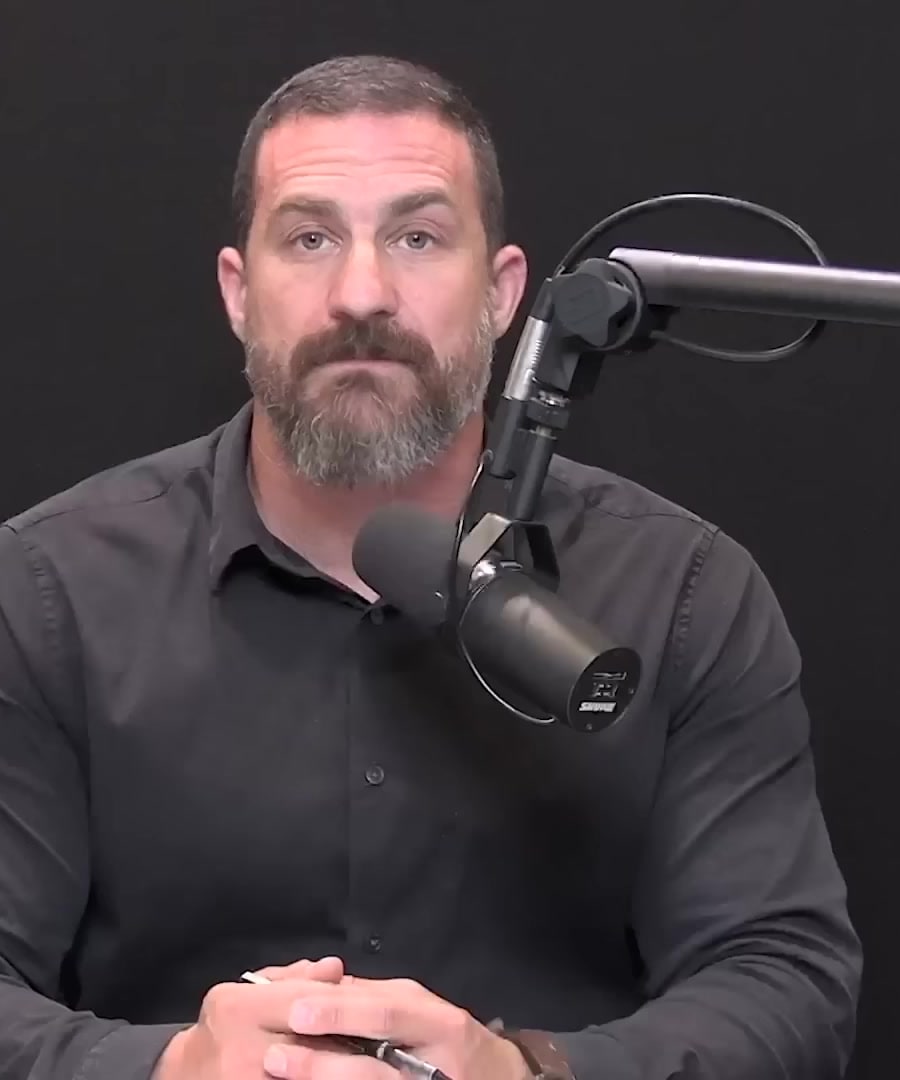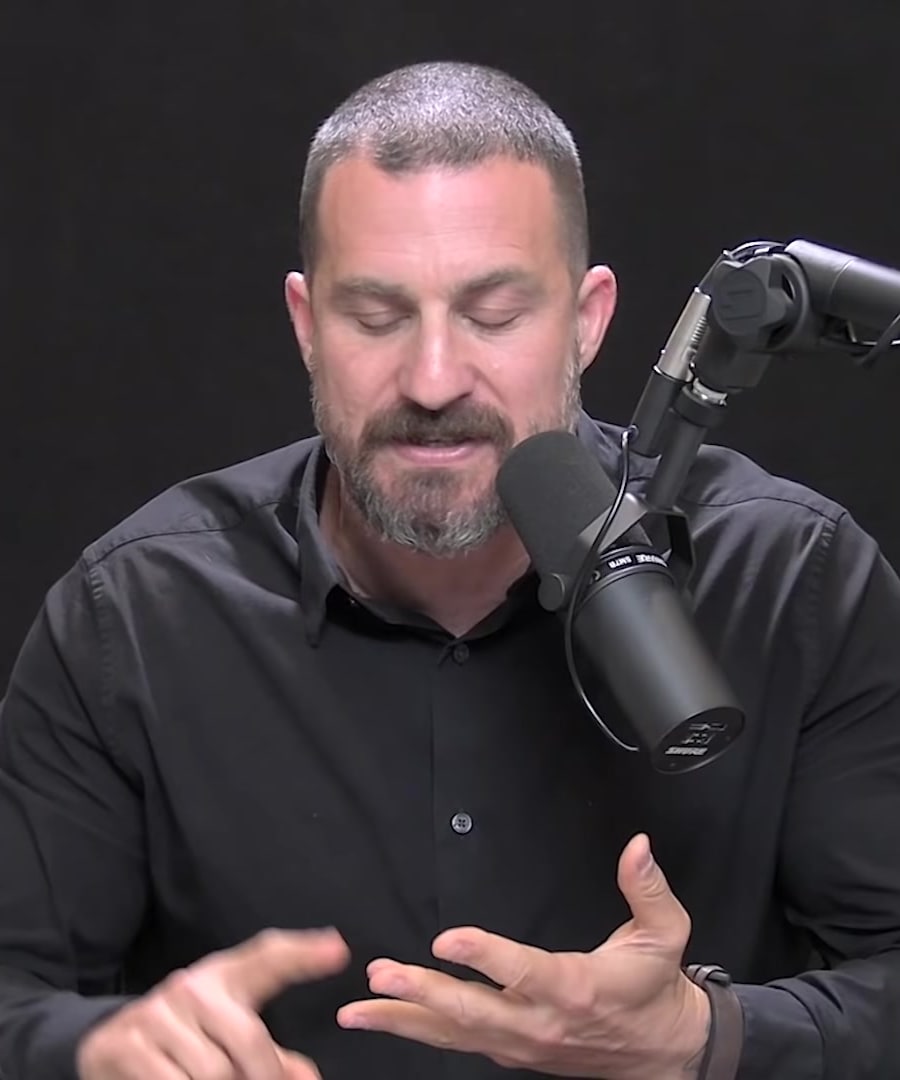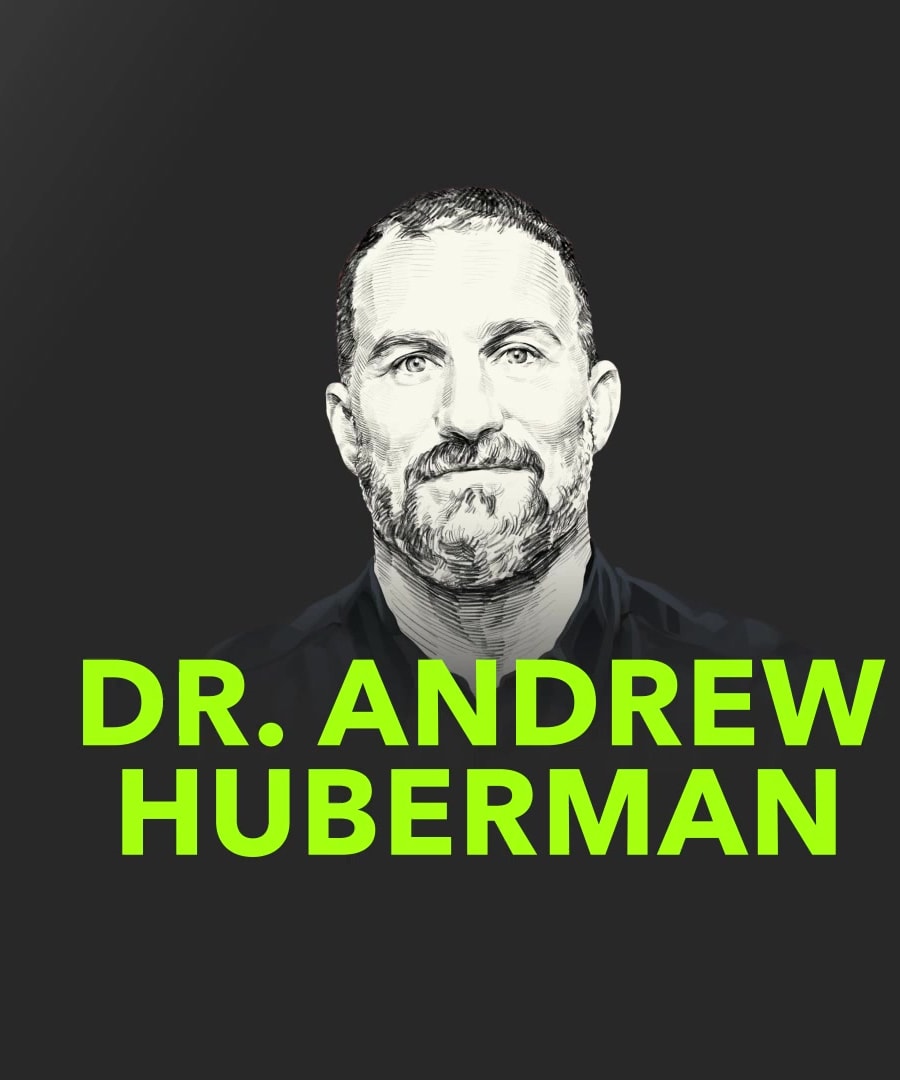What protocols are recommended for improving sleep?
Sources:
To enhance sleep quality, a variety of strategies are suggested by the . Techniques recommended include:
- Use of Applications: For managing jet lag, the Timeshifter app was recommended 1.
- Sleep Hygiene: It is suggested to ensure that only two activities occur in your bed: sleep and sex, which can help reduce insomnia and difficulties falling asleep 1.
- Behavioral Tools: Utilizing the Reverie app for sleep hypnosis was advocated for; this is seen as a behavioral tool that can aid in falling asleep and staying asleep 2.
- Environmental Control: Keeping specific environments dedicated to sleeping and taking measures such as cooling down the room and dimming lights are proposed 3.
- NSDR Protocols: Non-Sleep Deep Rest (NSDR), such as meditation, hypnosis, or yoga nidra, is emphasized for learning how to turn off thoughts and induce sleep 3.
- Sleep and Wake Routines: Establishing a consistent morning and afternoon routine, such as sunlight exposure in the afternoon and avoiding caffeine and alcohol before bedtime, are part of the recommendations 4.
- Supplementation: The potential supplementary aids for sleep include magnesium threonate, apigenin, and theanine, which should be considered after consulting a physician 4.
- Myofunctional Therapy: Tongue exercises were suggested for individuals with sleep issues related to snoring or REM sleep 1.
These strategies aim to modulate sleep and are suggested to be implemented systematically to identify what works best on an individual level.
RELATED QUESTIONSTell me more about Non-Sleep Deep Rest (NSDR) protocols.
Sources:
The has discussed Non-Sleep Deep Rest (NSDR) protocols, which have become a reference for relaxed but conscious brain states that help with rest and recovery. Here are the key points about NSDR that were brought up:
-
Definition and Origin: NSDR is differentiated from Yoga Nidra primarily in the removal of intentions and certain language from the protocol, making it more accessible. While Yoga Nidra means "yoga sleep," NSDR is a term coined by to describe a similar but more scientifically framed protocol 1.
-
Resources: NSDR and Yoga Nidra protocols are available at no cost. They can be found online, for instance on the Waking Up app, YouTube, and other platforms offering NSDR scripts. recommends searching his name along with NSDR on YouTube for readily accessible scripts 1.
-
Benefits: Engaging in NSDR can boost dopamine levels in the brain by up to 60%, which was shown in a study where participants listened to a Yoga Nidra script. This increase in dopamine is associated with enhanced mood and cognitive functions like working memory 1. Moreover, suggests that NSDR in the morning could help you feel better rested, especially if you've had less sleep than usual 2.
-
Practice: The typical NSDR practice involves lying down and following an audio script, which may guide you through specific breathing patterns, muscle relaxation, and sometimes intention setting. It's intended to keep you in a state between wakefulness and sleep 3. Furthermore, comments on personal benefits from a specific NSDR based practice that includes body scans and focusing on long exhale breathing, which emphasizes relaxation and enhances mental clarity 4.
-
Stress Control and Sleep Quality: NSDR is also seen as a zero-cost stress relief practice that can aid in replenishing dopamine and improving both mental and physical energy. It can be part of a routine to control daily stress and enhance the transition to night-time sleep 5.
These insights detail the scope and intent behind NSDR protocols, highlighting their role in mental and physical well-being.
RELATED QUESTIONS-
How can I practice NSDR?
Sources:
Practicing Non-Sleep Deep Rest (NSDR) can be done through a variety of methods that guide the brain and body into a deeply relaxed state. Here's a simple way to start your own NSDR practice:
-
Find a Quiet Space: Select a quiet and comfortable place where you can lie down without interruptions.
-
Use a Script or Guided Protocol: NSDR can be practiced by following a guided audio script.
-
Prepare to Listen: Lie down on your back and ensure you're in a relaxed posture. It's important to be in a state where you can follow the protocol without falling asleep.
-
Follow the Audio Guidance: Listen to the script, which may include specific instructions like focus on your breath, body scan, long exhale breathing, and shifting your perception from thought to sensation.
-
Duration: A typical NSDR practice can range from 10 minutes to 1 hour depending on your preference and the time available to you. It can be done in the morning, any time during the day, or if you wake up in the night and have trouble falling back to sleep 1.
-
Accessibility: You can find NSDR protocols on platforms such as YouTube by searching for "Huberman NSDR". There are also NSDR scripts available on Spotify and through health and wellness applications 1 2 3.
-
Emphasis on Relaxation: Key components of NSDR protocols include long exhale breathing and perceptual shifts that help move from cognitive planning to pure sensation. This method is useful for deep relaxation and restoration, especially for those with sleep or anxiety concerns, and can be beneficial for focusing on work 1 2.
Remember to choose a script that resonates with you and fits your relaxation goals, whether it is simply to relax, to recover sleep, or to enhance learning and neuroplasticity. Various NSDR resources are mentioned to be available at no cost, and some are even narrated by himself.
RELATED QUESTIONS-
Find NSDR protocols by Andrew Huberman.
Sources:
has provided various Non-Sleep Deep Rest (NSDR) protocols which you can access and follow:
-
YouTube NSDR Script by Andrew Huberman: A zero-cost 10-minute NSDR script read by Andrew Huberman is available on YouTube. You can search "Huberman NSDR" on YouTube to find this resource. This script discusses breathing techniques and perceptual changes for deep relaxation 1.
-
Daily Practice Recommendation: Andrew Huberman personally practices NSDR for 10 to 30 minutes every day, encouraging it as a useful tool for everyone, even when not sleep-deprived. It can be particularly extended to 30 or 60 minutes when sleep is insufficient 2.
-
Yoga Nidra and Hypnosis: NSDR encompasses practices like Yoga Nidra and hypnosis. Several zero-cost tools and platforms offer scripts and sessions of hypnosis and Yoga Nidra that fall under the NSDR category and are backed by research for easing into sleep and enhancing neuroplasticity 3.
-
Made For NSDR Protocol: There's also a free NSDR resource provided by Made For, focusing on deep relaxation techniques through concise instruction, specifically created to be simple and accessible 4.
-
Variety of Resources for Different Durations: Andrew Huberman has recorded NSDR scripts of different durations with visuals of a beautiful Sydney sunrise. These will be available on the Huberman Lab Clips channel. Additionally, there's a plan to release an album on Spotify that includes NSDR protocols and meditations, if that's something users show interest in 5.
-
Other NSDR Tools: Links to NSDR protocols for sleep and anxiety, like those from Reveriehealth.com, are mentioned by Andrew Huberman. These protocols utilize the body to shift the mind into a state conducive for sleep and are available for free 6.
It's recommended to incorporate these NSDR practices according to personal needs, whether to improve sleep, manage anxiety, or engage in deep relaxation.
RELATED QUESTIONS-
What protocols are recommended for improving sleep?
- RELATED QUESTIONS
Tell me more about Non-Sleep Deep Rest (NSDR) protocols.
- RELATED QUESTIONS
How can I practice NSDR?
- RELATED QUESTIONS
Find NSDR protocols by Andrew Huberman.
- RELATED QUESTIONS


